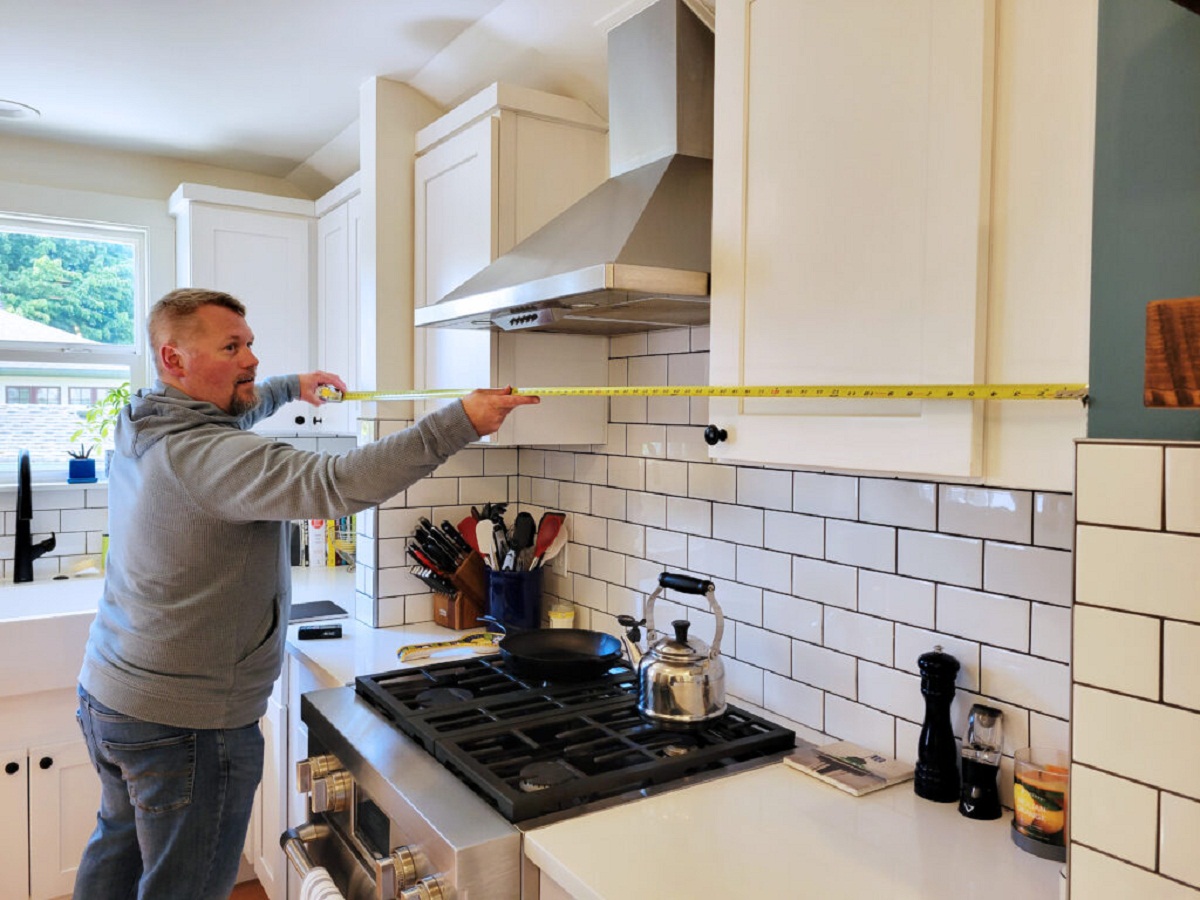

Articles
How To Measure Kitchen Cabinet
Modified: January 6, 2024
(Many of the links in this article redirect to a specific reviewed product. Your purchase of these products through affiliate links helps to generate commission for Storables.com, at no extra cost. Learn more)
Introduction
When it comes to furnishing your kitchen, one of the most important elements to consider is the kitchen cabinet. Not only do cabinets provide essential storage space, but they also contribute to the overall aesthetic of the kitchen. However, before you start shopping for kitchen cabinets, it is crucial to accurately measure the space available to ensure a perfect fit.
In this article, we will guide you through the process of measuring kitchen cabinets. By following these steps, you will be able to gather precise measurements that will allow you to find the ideal cabinet size for your kitchen.
Before you begin measuring, it is important to gather the necessary tools. You will need a measuring tape, pencil, paper, and a level. These tools will help ensure accurate measurements and make the process easier.
Now, let’s dive into the step-by-step process of measuring your kitchen cabinets:
Key Takeaways:
- Accurate measurements of kitchen cabinets are crucial for finding the perfect fit. Gather the right tools, measure height, width, depth, door, and hardware dimensions, and double-check for precision.
- Recording measurements in both inches and centimeters, labeling each dimension, and double-checking for accuracy are essential steps in ensuring the perfect kitchen cabinet fit.
Step 1: Gather the required tools
Before you begin measuring your kitchen cabinets, it is essential to gather the necessary tools. Having the right tools on hand will make the measuring process much smoother and more accurate. Here are the tools you will need:
- Measuring tape: This is the most crucial tool for measuring the dimensions of your cabinets. Make sure you have a reliable measuring tape with both imperial and metric measurements.
- Pencil: You will need a pencil to mark your measurements on paper or directly on the cabinets as you go. Having a pencil handy will help you keep track of your measurements.
- Paper and notepad: It is important to keep a piece of paper or a notepad nearby to record your measurements. This will help you stay organized and prevent any confusion when it’s time to purchase or install new cabinets.
- Level: A level may come in handy for ensuring that your cabinets are installed straight and level. While it is not required for measuring, having a level nearby can help you double-check your measurements and ensure accuracy.
Once you have gathered these tools, you are ready to move on to the next steps and begin measuring your kitchen cabinets.
Step 2: Measure the cabinet height
Measuring the height of your kitchen cabinets is an essential step in the process of finding the right size and ensuring a proper fit. Follow these steps to measure the cabinet height accurately:
- Clear the area: Before you measure, make sure the cabinet area is clear of any obstructions, such as decorative items or kitchen appliances.
- Start from the floor: Place your measuring tape at the bottom of the cabinet and extend it vertically to the top. Note down the measurement in both inches and centimeters.
- Measure multiple points: To ensure accuracy, it is a good idea to measure the height at multiple points along the cabinet. This will help you account for any variations or irregularities in the cabinet design.
- Record the measurement: Write down the measurements on your paper or notepad, clearly labeling them as the cabinet height.
By following these steps and recording the accurate measurements, you will have a clear understanding of the height of your kitchen cabinets. This information will be crucial when it’s time to select or customize new cabinets that fit perfectly into your kitchen space.
Step 3: Measure the cabinet width
Measuring the width of your kitchen cabinets is another important step in finding the right size and ensuring a proper fit. Follow these steps to measure the cabinet width accurately:
- Clear the area: Before measuring, make sure the cabinet area is free of any items that may obstruct your measurements.
- Start from the left: Place your measuring tape at the left edge of the cabinet and extend it horizontally to the right edge. Note down the measurement in both inches and centimeters.
- Measure multiple points: To account for any irregularities in the cabinet’s width, it’s a good practice to measure at multiple points along the cabinet. This will help you ensure accuracy and account for any variations in the cabinet design.
- Record the measurement: Write down the measurements on your paper or notepad, clearly labeling them as the cabinet width.
By following these steps and recording the accurate measurements, you will have a clear understanding of the width of your kitchen cabinets. This information will be crucial when selecting or customizing new cabinets to fit perfectly into your kitchen space.
Step 4: Measure the cabinet depth
Measuring the depth of your kitchen cabinets is essential for ensuring a proper fit and determining the amount of storage space available. Here’s how you can accurately measure the cabinet depth:
- Clear the cabinet: Remove any items or shelves from inside the cabinet to get an accurate measurement.
- Start at the back: Place your measuring tape at the back wall of the cabinet and extend it to the front edge. Note down the measurement in both inches and centimeters.
- Measure at multiple points: To account for any variations in the cabinet’s depth, it’s ideal to measure at several points along the cabinet’s interior.
- Record the measurements: Write down the measurements on your paper or notepad, labeling them as the cabinet depth.
By following these steps and noting down the accurate measurements, you will have a clear understanding of the depth of your kitchen cabinets. This information will be valuable during the selection or customization process to find cabinets that fit perfectly in your kitchen space and provide ample storage capacity.
Use a tape measure to measure the height, width, and depth of the cabinet. Measure from the widest points to ensure accurate dimensions.
Step 5: Measure the cabinet door dimensions
Measuring the dimensions of your kitchen cabinet doors is crucial for various reasons. Whether you are replacing the doors or planning to add new hardware, accurate measurements are key. Here’s how you can measure the dimensions of your cabinet doors:
- Remove the door: Carefully remove the cabinet door from its hinges. This will allow you to measure it accurately without any obstructions.
- Measure the height: Place your measuring tape vertically on one side of the door and extend it to the other side. Note down the measurement in both inches and centimeters.
- Measure the width: Place your measuring tape horizontally on the top edge of the door and extend it to the bottom edge. Note down the measurement in both inches and centimeters.
- Record the measurements: Write down the measurements on your paper or notepad, clearly labeling them as the door height and width, respectively.
By following these steps and recording the precise measurements, you will have the necessary information when it comes to replacing or customizing your cabinet doors. This will ensure that the new doors fit perfectly into your kitchen cabinets.
Step 6: Measure the cabinet hardware dimensions
When it comes to measuring kitchen cabinets, it’s important not to overlook the dimensions of the hardware. Whether you’re replacing existing hardware or adding new ones, accurate measurements are crucial to ensure a proper fit. Here’s how you can measure the dimensions of your cabinet hardware:
- Choose the hardware: Decide on the type of hardware you want to measure, such as knobs, pulls, or hinges.
- Measure the screw hole spacing: If you’re measuring pulls or handles, start by measuring the distance between the screw holes. Place your measuring tape at one center hole and extend it to the center of the other hole. Note down this measurement in inches or millimeters.
- Measure the overall length: For pulls or handles, measure the overall length from one end to the other. Record this measurement in inches or millimeters.
- Measure the knob diameter: If you’re measuring knobs, measure the diameter by placing the measuring tape across the widest point. Note down this measurement in inches or millimeters.
- Record the measurements: Write down the measurements on your paper or notepad, clearly labeling them for the specific hardware piece.
By following these steps and recording the accurate measurements, you will have the necessary information when it comes to selecting or purchasing new cabinet hardware. This will ensure that the hardware fits properly and enhances the functionality and style of your kitchen cabinets.
Step 7: Record the measurements accurately
Recording the measurements accurately is crucial to ensure that you have all the necessary information when it comes to selecting or customizing your kitchen cabinets. Here are some tips to help you record the measurements accurately:
- Use a notepad or paper: Have a dedicated notepad or a piece of paper specifically for recording the measurements. This will help keep your measurements organized in one place.
- Label each measurement: Clearly label each measurement with the corresponding dimension it represents, such as height, width, depth, door dimensions, or hardware dimensions. This will prevent any confusion or mix-up later on.
- Use both inches and centimeters: If possible, record the measurements in both inches and centimeters. This will come in handy if you need to refer to measurements in different units or if you’re working with retailers that use a different measurement system.
- Double-check your recordings: After noting down each measurement, take a moment to review and double-check your recordings for accuracy. This will help ensure that you have transcribed the measurements correctly.
By following these steps and recording the measurements accurately, you will have a clear and organized record of the dimensions of your kitchen cabinets. This information will serve as a valuable reference as you proceed with purchasing or customizing new cabinets.
Step 8: Double-check the measurements
Before finalizing your measurements for your kitchen cabinets, it is essential to double-check them to ensure accuracy. This step is crucial to avoid any discrepancies when it comes to purchasing or installing new cabinets. Here’s how you can double-check your measurements:
- Review your recorded measurements: Take a close look at the measurements you have recorded on your paper or notepad. Make sure all the dimensions are clearly labeled and easy to understand.
- Compare multiple measurements: If you have taken multiple measurements for each dimension, compare them to ensure consistency. Look for any discrepancies or variations that need further clarification.
- Measure again if necessary: If you come across any questionable or inconsistent measurements, measure again to confirm the accuracy. It’s better to be cautious and have precise measurements than to make assumptions.
- Ask for a second opinion: If possible, involve someone else in the process to double-check your measurements. Another set of eyes can help identify any errors or oversights that you may have missed.
- Check compatibility: Once you are confident in the accuracy of your measurements, compare them with the specifications of the cabinets or hardware you are considering. Ensure that the dimensions of the cabinets or hardware align with your recorded measurements.
By thoroughly double-checking your measurements, you can have peace of mind knowing that you have taken accurate dimensions for your kitchen cabinets. This will help you make informed decisions when it comes to selecting, purchasing, or customizing your cabinets, ensuring they fit perfectly in your kitchen space.
Read more: What Is The Kitchen Cabinet
Conclusion
Measuring your kitchen cabinets accurately is a crucial step in the process of selecting or customizing cabinets that fit perfectly in your space. By following the steps outlined in this article, you can ensure that you gather precise measurements for the height, width, depth, door dimensions, and hardware dimensions of your cabinets.
Start by gathering the necessary tools, including a measuring tape, pencil, paper, and a level. Clear the cabinet area and begin measuring the height, width, and depth of your cabinets, recording the measurements accurately. Don’t forget to measure the dimensions of your cabinet doors and hardware as well, as they play a significant role in determining the overall look and functionality of your kitchen cabinets.
Remember to double-check your measurements to ensure accuracy. Review your recorded measurements, compare multiple measurements, and ask for a second opinion if needed. Checking the compatibility of your measurements with the specifications of the cabinets or hardware you are considering is also vital to ensure a proper fit.
By taking the time to measure your kitchen cabinets correctly, you can avoid the disappointment of ill-fitting cabinets and ensure that your kitchen space is both functional and aesthetically pleasing.
So, grab your measuring tape and follow the steps outlined in this article. With accurate measurements in hand, you can confidently move forward in finding the perfect kitchen cabinets that will transform your space into a beautiful and organized culinary haven.
Frequently Asked Questions about How To Measure Kitchen Cabinet
Was this page helpful?
At Storables.com, we guarantee accurate and reliable information. Our content, validated by Expert Board Contributors, is crafted following stringent Editorial Policies. We're committed to providing you with well-researched, expert-backed insights for all your informational needs.
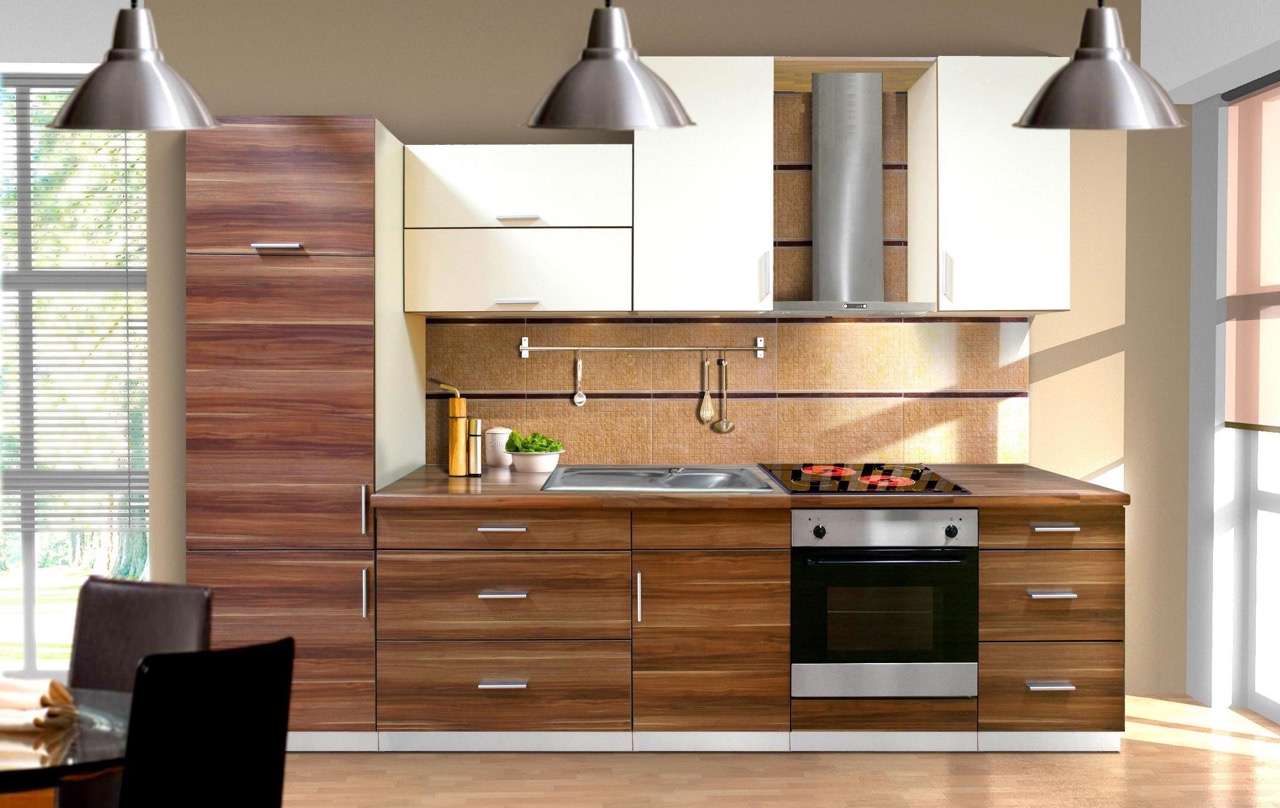
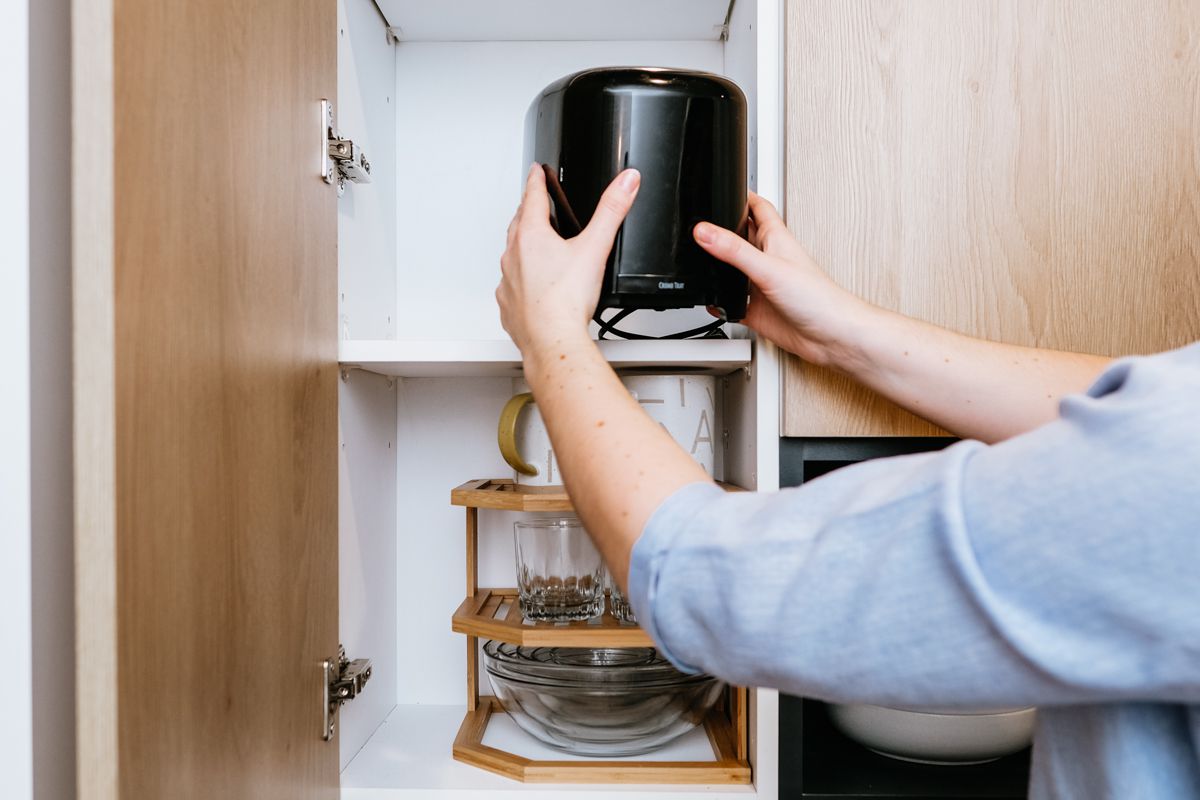
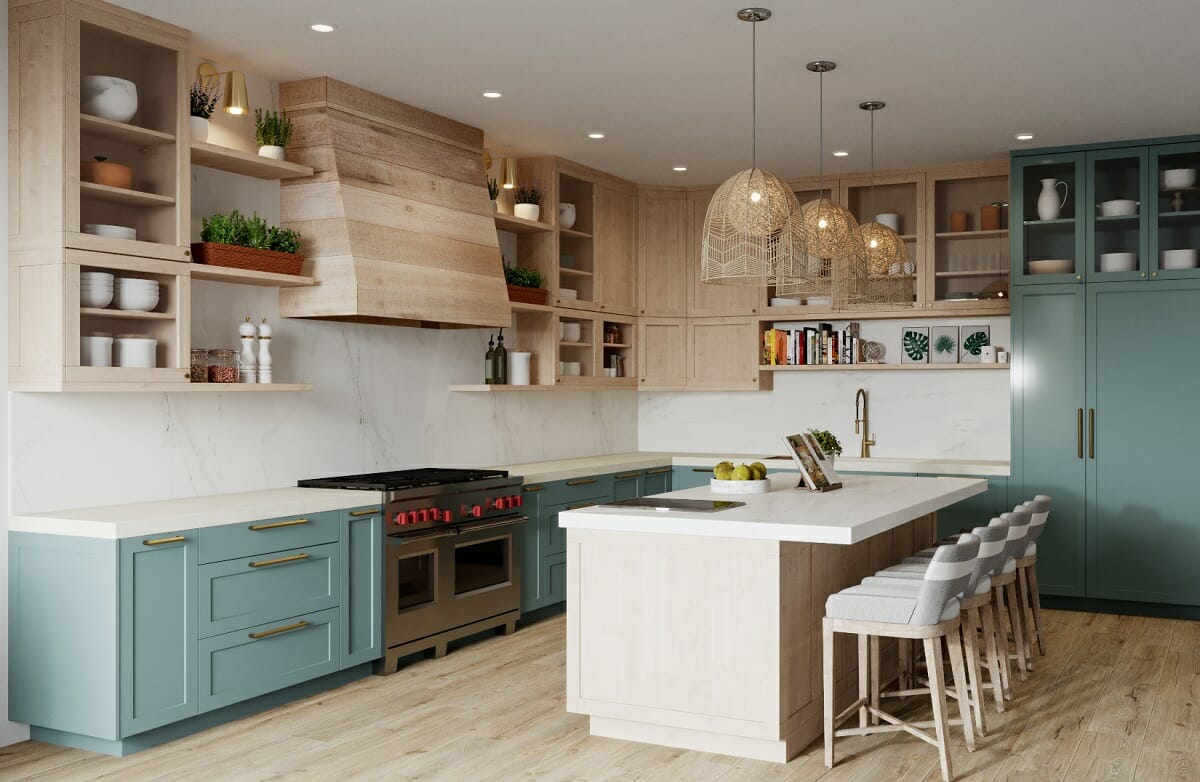
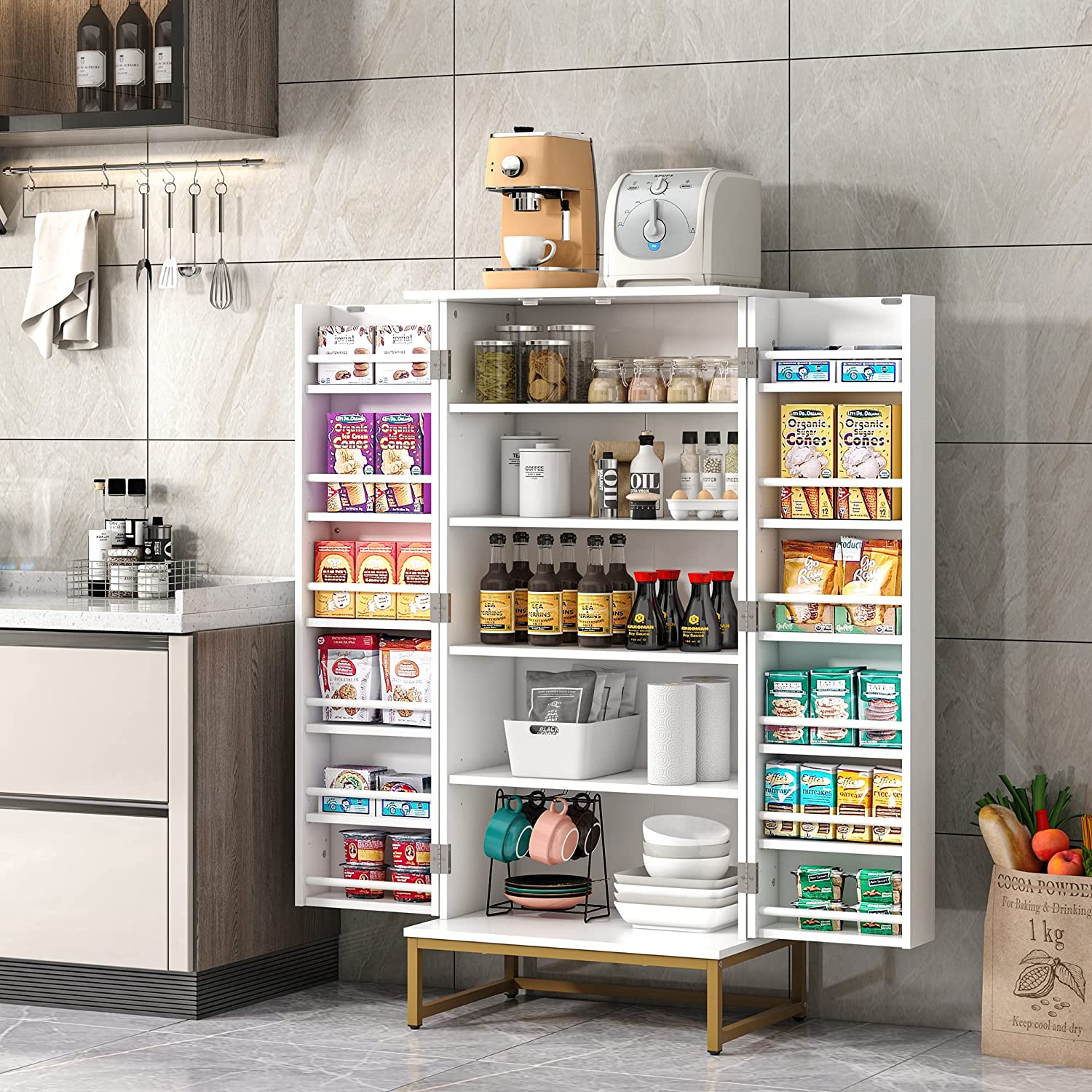
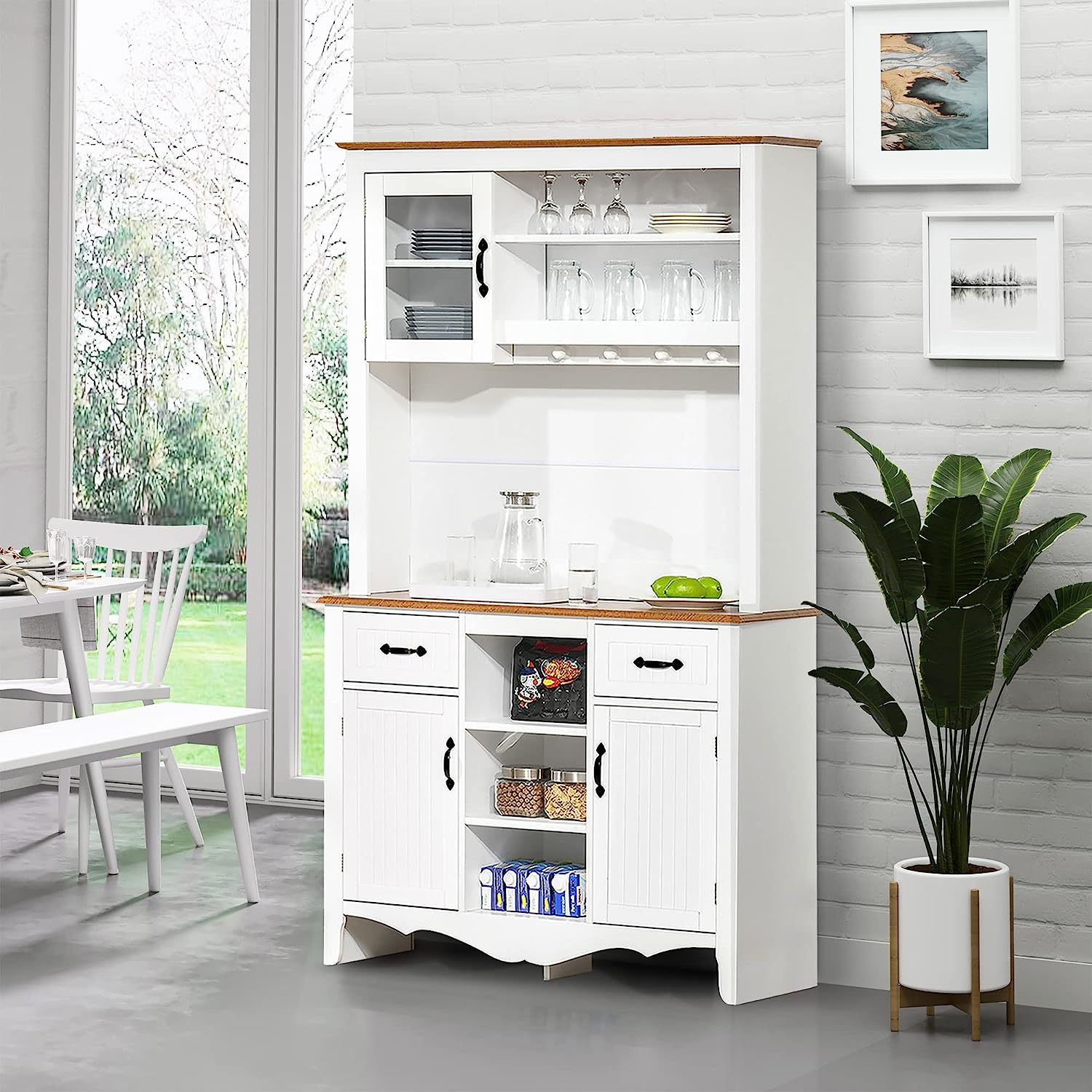
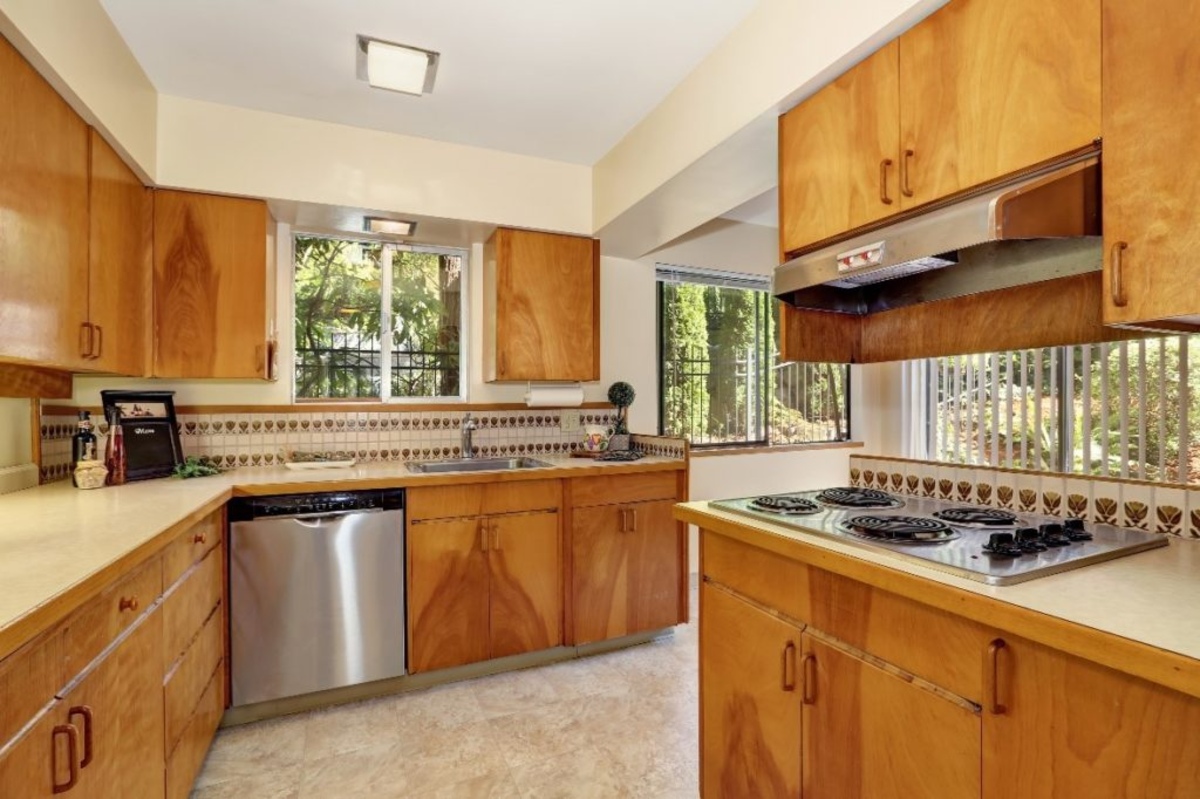
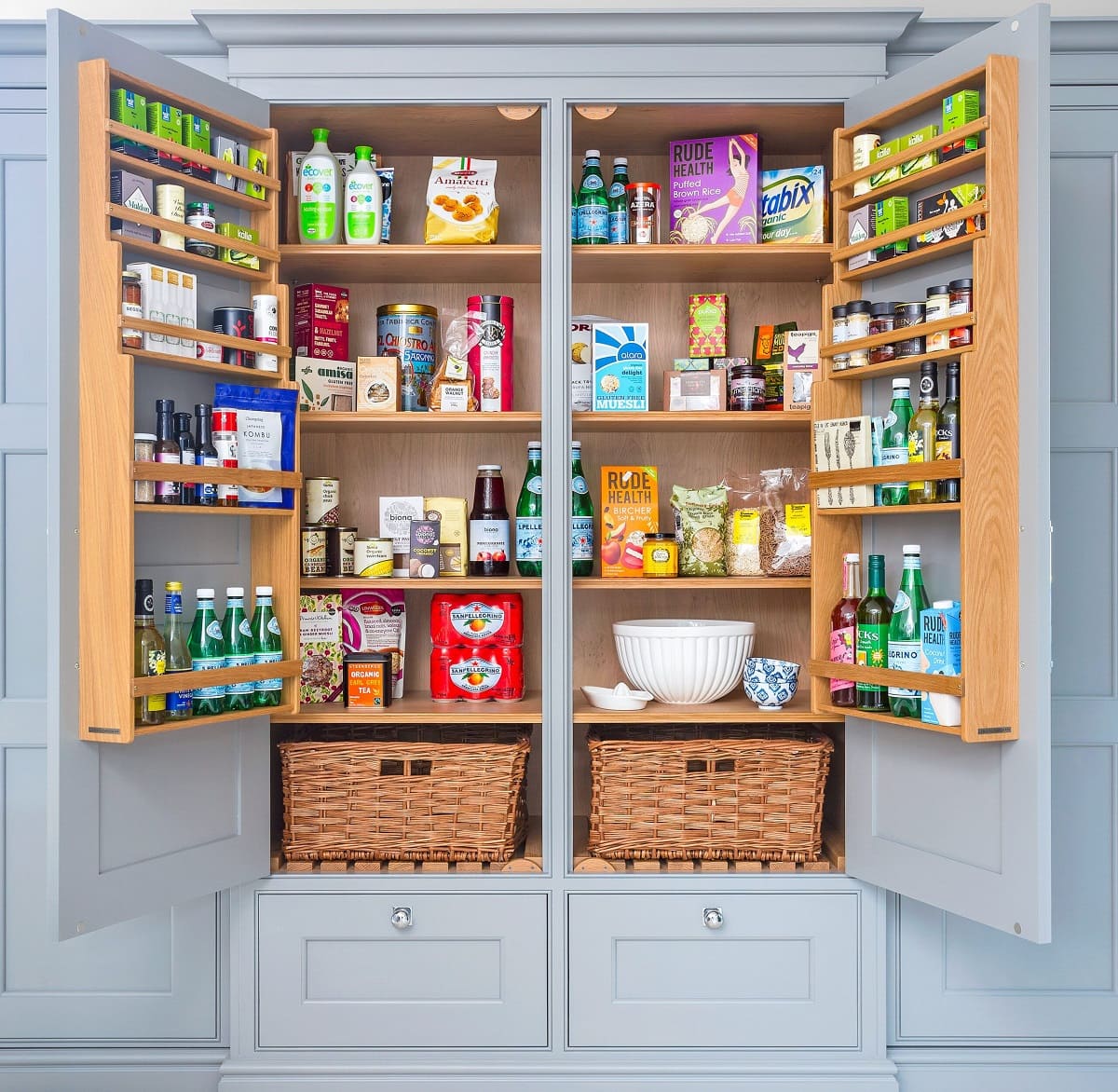

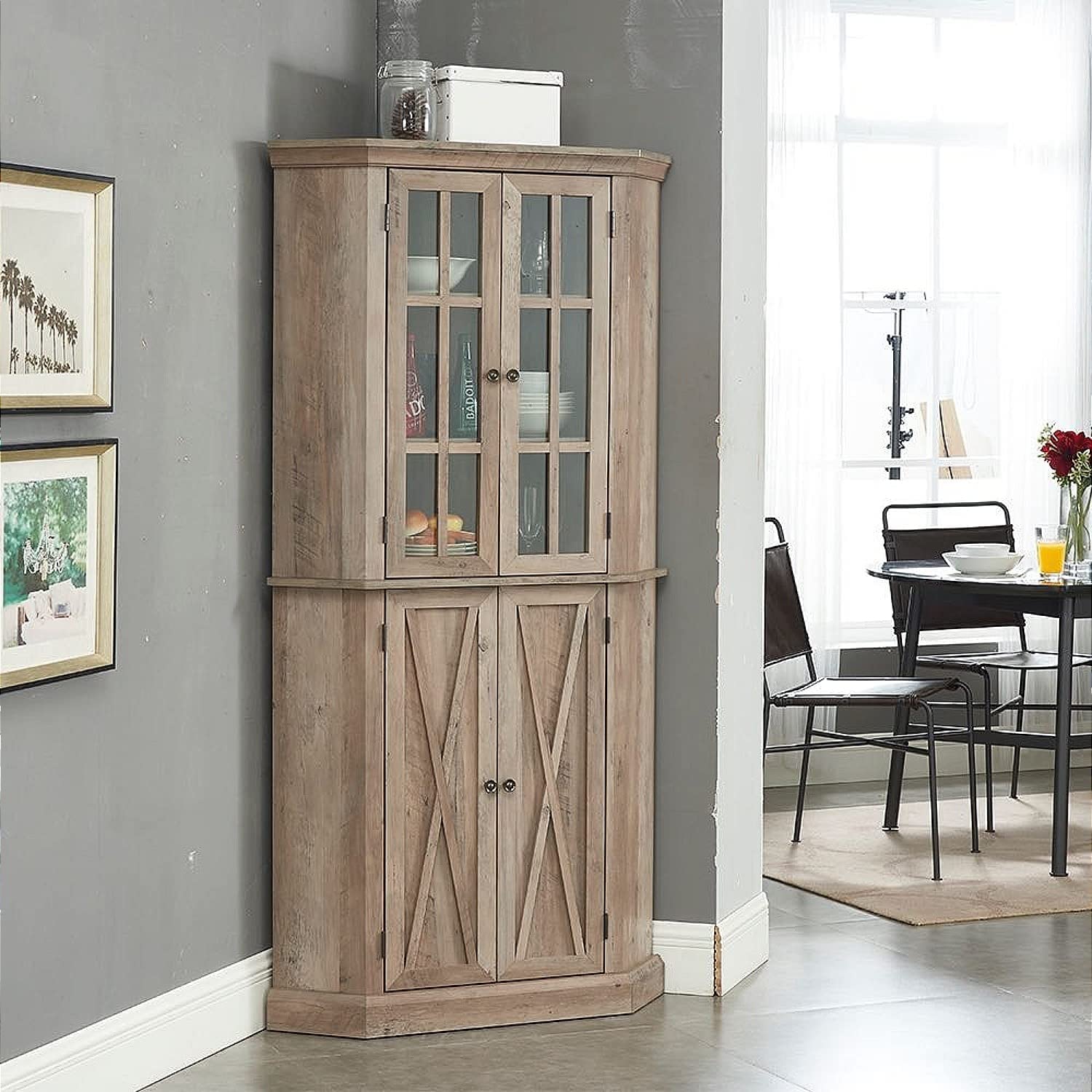
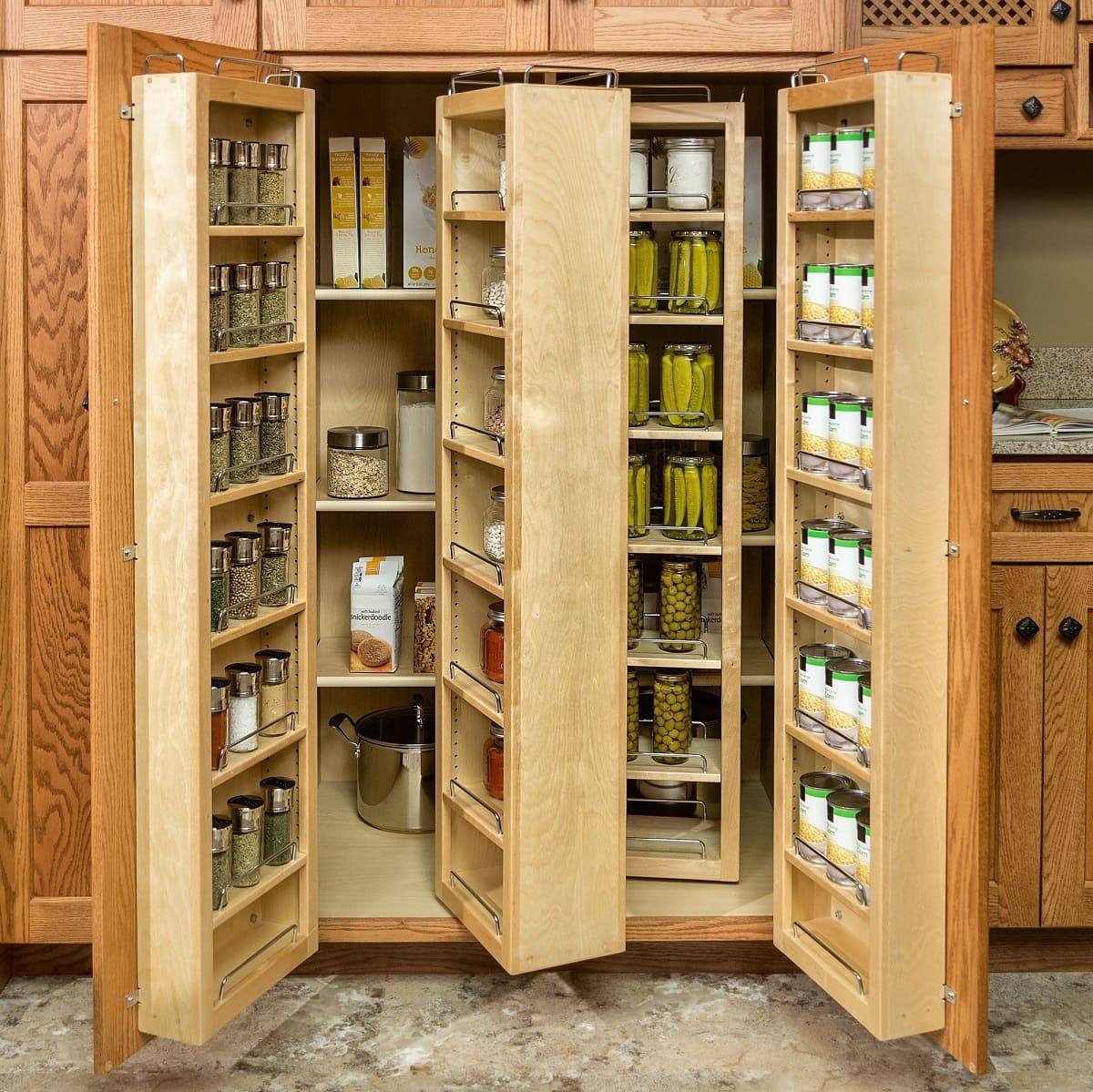
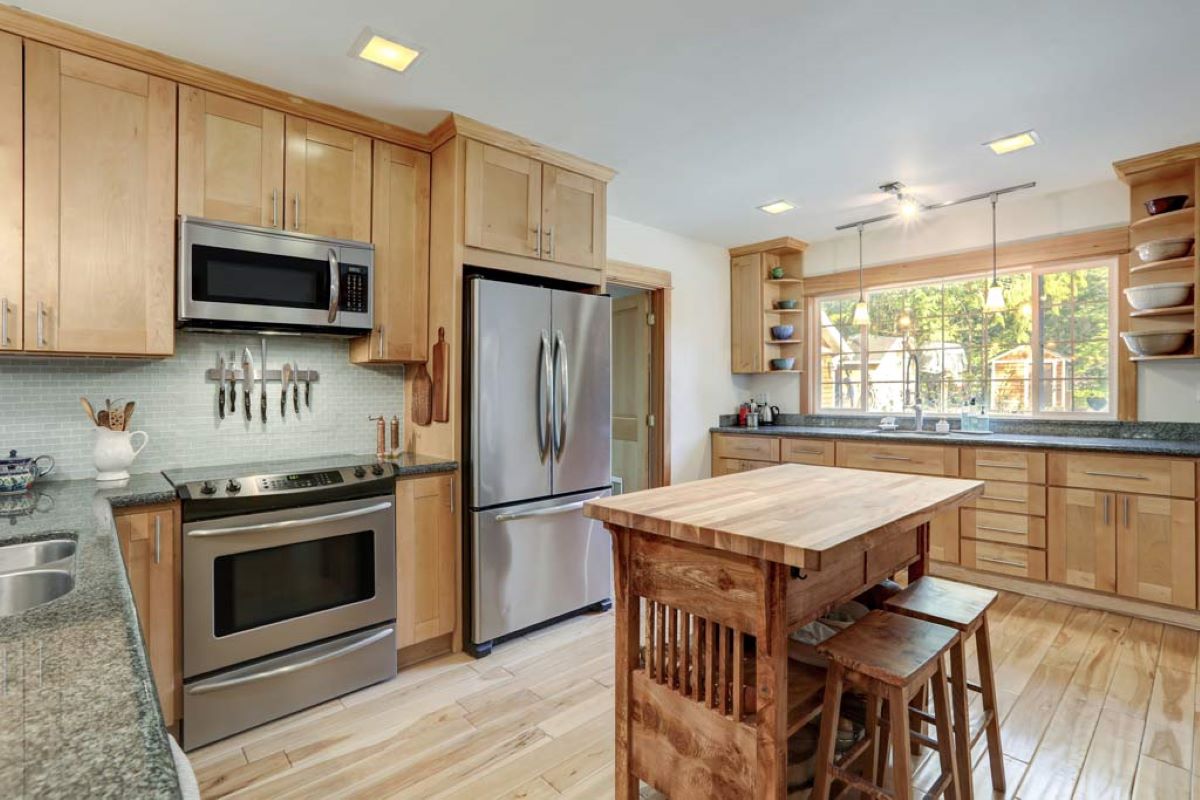



0 thoughts on “How To Measure Kitchen Cabinet”